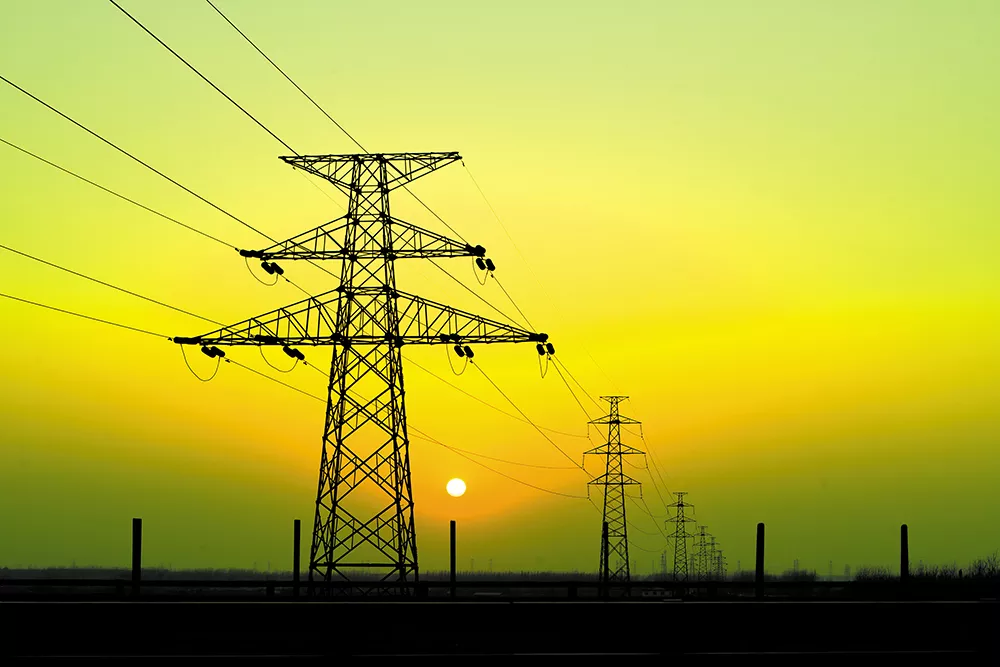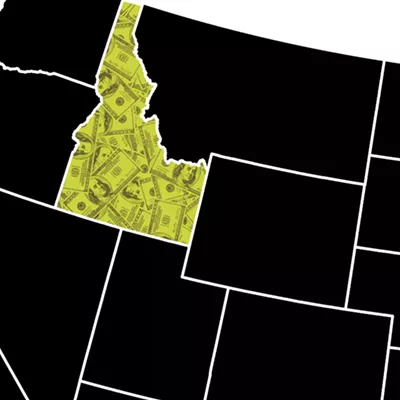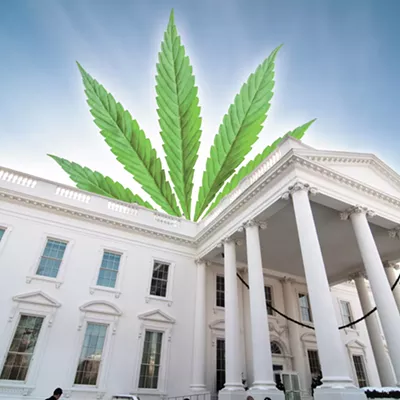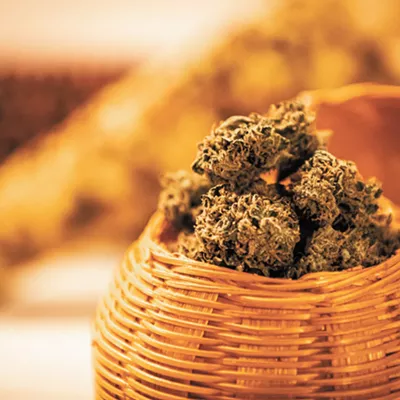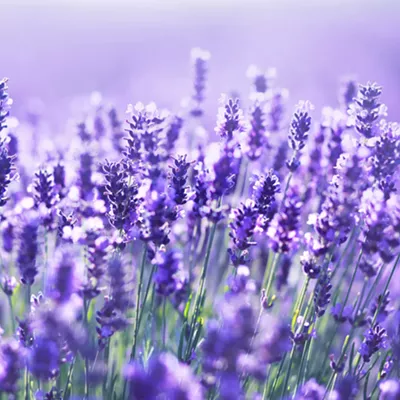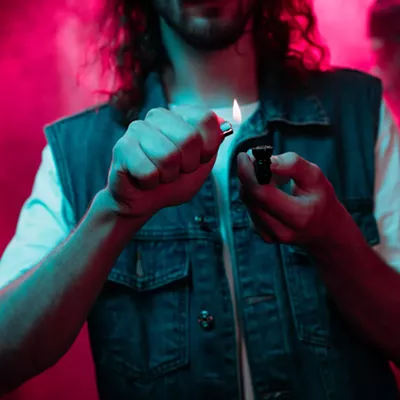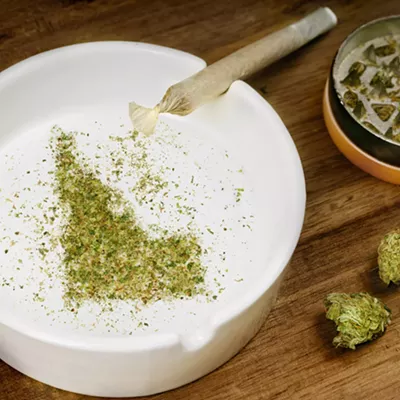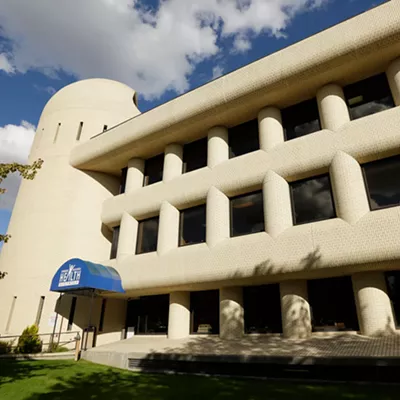Legal recreational weed opened the market for indoor growers of all sizes in Washington and Oregon, but depending on where they locate and who they get their electricity from, they may not be able to get help making sure they run as efficiently as possible.
At first, utility companies prepared for what could have been a spike in electricity usage. But for the most part, it doesn't appear that anyone has seen a significant jump in sales that can be attributed to cannabis growers, says Massoud Jourabchi, an economic analysis manager with the Northwest Power and Conservation Council.
However, indoor facilities still use plenty of power, with the majority going to lighting.
For growers who get power through investor-owned utilities, such as Avista, incentives to switch to LED lighting and make other efficiency upgrades may be available, the same as for any other industrial user. Most operations also have significant heating and cooling systems, dehumidifiers, and other equipment that could be eligible for upgrades.
If growers install equipment that is more efficient than required by Washington state code, Avista will help offset the portion of the cost that is above normal practice, says Andy Paul, an Avista energy efficiency engineer.
Lighting is the easiest switch to make, Paul says, but some growers have been hesitant to switch from what they know.
"There's certain growers who are kind of reluctant to change because this is what's worked for them," Paul says. "Keep in mind, we don't sell lights, we leave that to vendors. We promote energy efficiency."
LEDs use between approximately 30 percent and 60 percent less electricity than standard lights that would be used in growing, and so far, those who've made the switch have reported that their crop yields are about the same.
In Oregon, the nonprofit Energy Trust of Oregon has provided cash incentives and technical services to help indoor growers served by investor-owned utilities switch to more efficient systems.
The nonprofit gave Hillsboro grower Yerba Buena $15,000 in cash to help offset the costs of a $29,900 upgrade to LED lighting. The company was able to use the same fixtures and reduce its energy bill by $22,000 a year by not only slashing the amount of electricity needed for the lighting, but also by saving on cooling costs because the LEDs don't run as hot as fluorescent lights, according to Energy Trust's blog.
Those incentives are made possible through small fees on utility bills that are accessible to every customer served by that utility, says Susan Jowaiszas, senior marketing manager with Energy Trust.
But for many public utilities, like Inland Power, incentives aren't available.
"Public utilities for the most part are not able to offer energy efficiency incentives because of their connection with [the Bonneville Power Administration] which is a federal entity," says John Morris, co-founder of the Resource Innovation Institute, which wants to make the cannabis industry as sustainable as possible.
The institute encourages growers to share best practices for energy and water usage.
"We tell growers you don't have to hide your energy data, it's not the same thing as giving away your family plant's growth strategy that's been passed down from generation to generation," Morris says. "We've got some work to do to overcome what I think has historically been a 'Don't ask, don't tell' relationship between growers and utilities."
Where Avista states that it has an obligation to serve all customers and doesn't monitor what people choose to do with their power, BPA hasn't made any indications that it would get into offering incentives for what is still federally classified as illegal activity.
Inland Power gets 100 percent of its electricity from BPA, and serves 81 cannabis producers in the region.
The smallest marijuana growing facilities on Inland's system use about as much power as 11 average homes per year, while the largest use as much as 91 average homes (assuming the average Eastern Washington residence uses about 17,000 kilowatt hours per year).
While there aren't incentives on that system, customers who upgrade will still benefit, because they'll save on their power bill, says Glen Best, chief operating officer for Inland Power.
And, as more competition drives the price of cannabis down, growing facilities will want to save money wherever they can, Morris says. ♦

